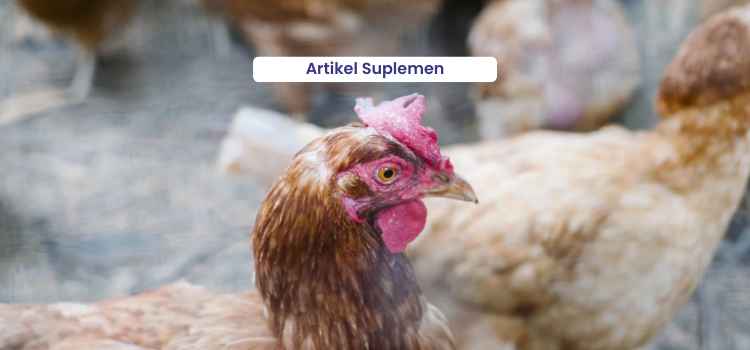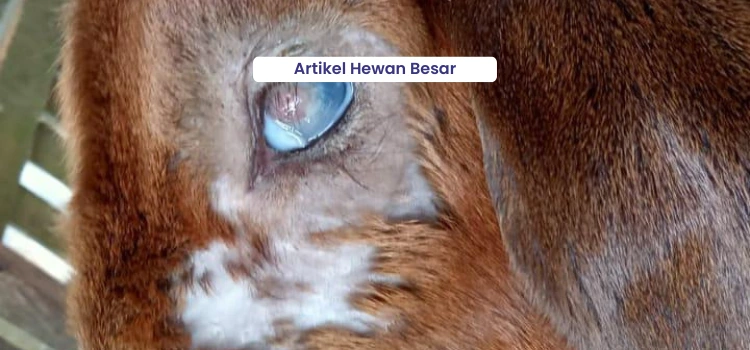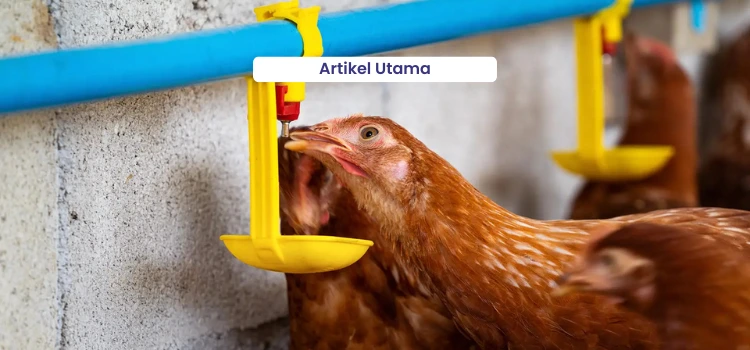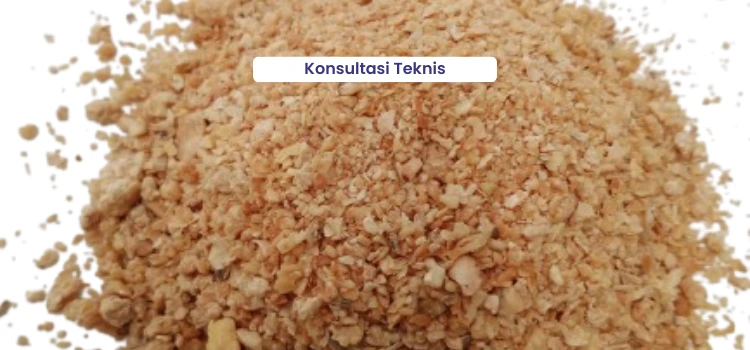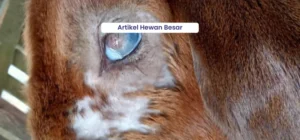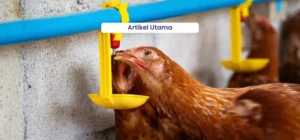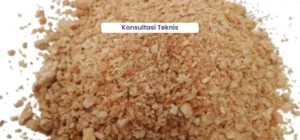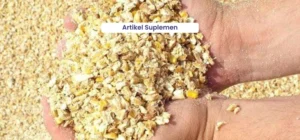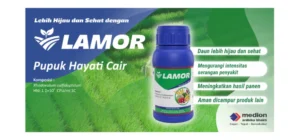One of the challenges in the livestock industry is climate change, which can increase the surrounding temperature and humidity. Livestock exposed to high temperatures and humidity experience reduced ability to release the heat gained from the environment and body metabolism. This condition is prone to causing heat stress. Heat stress is a condition in which chickens are unable to maintain a balance between the heat produced and the heat released from their bodies. This may occur due to weather and housing conditions that are uncomfortable for chickens, such as high temperature and humidity levels, and low wind speed. It should be noted that the comfort zone for chickens is within a temperature range of 25–28 °C with 60–70% humidity and wind speed of 2–2.5 m/s for laying hens. At a temperature of 33 °C for several hours, it can even cause death in poultry.
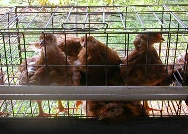
The effect of high environmental temperatures on chickens needs attention because it can cause losses to farmers. High temperatures can negatively affect the physiological condition and productivity of chickens. Several studies have reported that heat stress affects feed intake, body weight, egg production, fertility, and the survival rate of laying hens.
Impact of Heat Stress
Heat stress in chickens can occur in both acute and chronic forms. The acute form appears when there is a sudden or drastic increase in temperature, while the chronic form occurs when the temperature rises gradually over a long period of time. The impact of acute or chronic heat stress on chickens can disrupt their health and production performance, and if not properly managed, it may lead to death. Some of the effects caused by heat stress include:
• Production Performance
Heat stress causes serious impacts on the production performance of chickens. One of the main reasons for decreased production performance is the reduced feed intake during heat stress. This condition leads to poor growth and uniformity among chickens. In laying hens, heat stress can cause a decline in both the quantity and quality of eggs, such as reduced egg weight and size, as well as lower shell quality.
Laying hens experiencing heat stress often lay eggs with thinner shells due to acid-base imbalances in the blood caused by panting or hyperventilation. When chickens hyperventilate, excessive CO2 is lost from the lungs and blood. Lower CO2 levels in the blood increase blood pH, making it more alkaline—a condition known as respiratory alkalosis. The higher blood pH reduces the activity of the enzyme carbonic anhydrase, resulting in decreased calcium and carbonate ions transferred from the blood to the reproductive organs. Another factor affecting thin eggshell quality is reduced calcium intake due to lower feed consumption and increased phosphorus loss.
• Hormonal Mechanism
Heat stress triggers the secretion of stress hormones by activating the hypothalamic-pituitary-adrenal axis, leading to an increase in corticosterone levels. The corticosterone hormone is associated with higher rates of body protein breakdown. In addition, the hormone cholecystokinin also increases during heat stress. Cholecystokinin is a hormone responsible for regulating appetite and satiety; thus, when its level rises, it causes a decrease in the chicken’s feed intake. When chickens are exposed to environmental temperatures above the thermoneutral zone, hormonal activity changes occur directly. The rise in temperature also affects the secretion of follicle-stimulating hormone (FSH), luteinizing hormone (LH), and ovarian steroids. FSH plays a role in follicle maturation, while LH functions to induce ovulation of mature eggs.
• Intestinal Health
Heat stress affects the permeability and integrity of intestinal health by altering its morphology. The depth of intestinal crypts, the length of villi, and the connections between intestinal epithelial cells change, making it easier for pathogenic agents to penetrate. The penetration of these pathogens leads to infection and inflammation. In addition, respiratory alkalosis that occurs when chickens pant causes an imbalance in the intestinal microflora, which disrupts nutrient absorption.
• Decreased Immunity
When chickens experience stress, several immune organs and their processes become impaired in defending against various pathogens or free radicals within the body. The production of free radicals in stressed chickens tends to increase and exceed the immune system’s capacity to neutralize them. These excessive free radicals cause several negative effects in the body, leading to system dysfunction in metabolic and immune processes. This condition is related to the glucocorticoid hormone, which becomes active when chickens are stressed. One negative effect of this hormone is inhibiting the production of immunoglobulins in the body, resulting in weakened immunity.
Management of Heat Stress Conditions
When livestock experience heat stress, several efforts can be made, including:
- Drinking water must always be available, and ensure that the drinkers have an adequate water flow. Increasing the water space allows chickens to reduce body heat by dipping their beaks deeper into the water. Make sure sufficient drinking space is provided and that all drinkers function properly.
- Administer C-Fresh, which contains vitamin C that acts as an antioxidant. Providing C-Fresh helps boost immunity and body resistance, allowing chickens to avoid stress.
- Reduce stocking density by thinning out the flock so that chickens feel more comfortable, are less exposed to heat, and can freely radiate body heat into the surrounding environment.
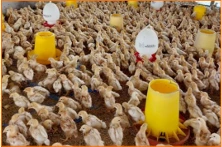
- Optimize ventilation, as it plays a key role in regulating temperature and humidity, which should be adjusted according to the type of housing (open house or closed house). You can also increase airspeed to the extent that it remains tolerable for chickens based on their age.
- In houses with low humidity, foggers and misters can be used to enhance evaporative cooling during the daytime. Operate the foggers for 2 minutes every 10 minutes. The operating time of the fogger can be adjusted based on the house temperature and humidity. Using roof sprinklers during extremely high temperatures can help dissipate heat from the roof and cool the interior of the house.
- In a closed house system, proper ventilation management plays a crucial role in reducing the impact of heat stress. Heat stress can be minimized through the implementation of effective air circulation management.
- Management practices that involve handling chickens, such as beak trimming, moving, and vaccination, should not be carried out during the daytime when temperatures are high.
- Avoid feeding during the daytime or when the weather is hot.

